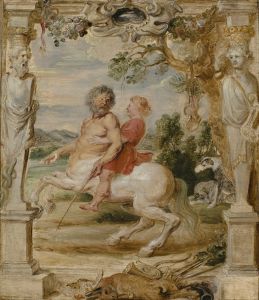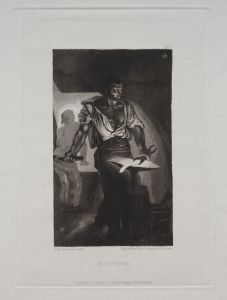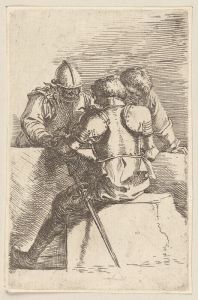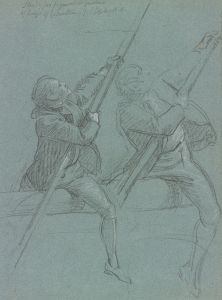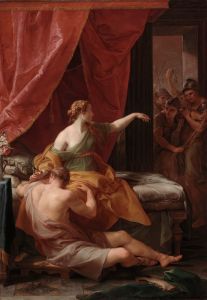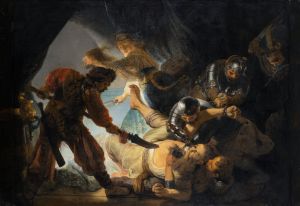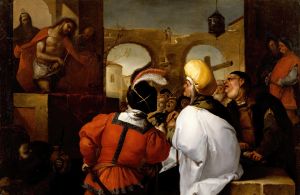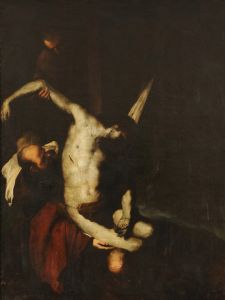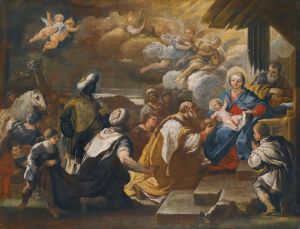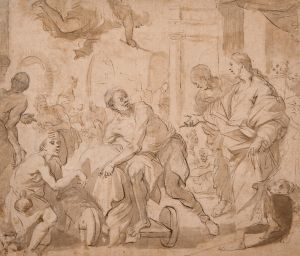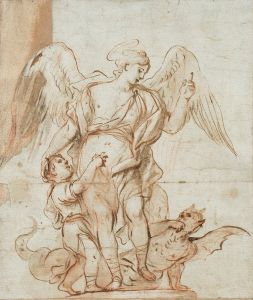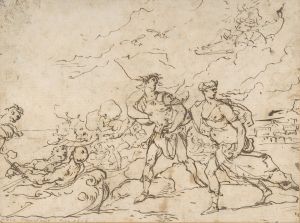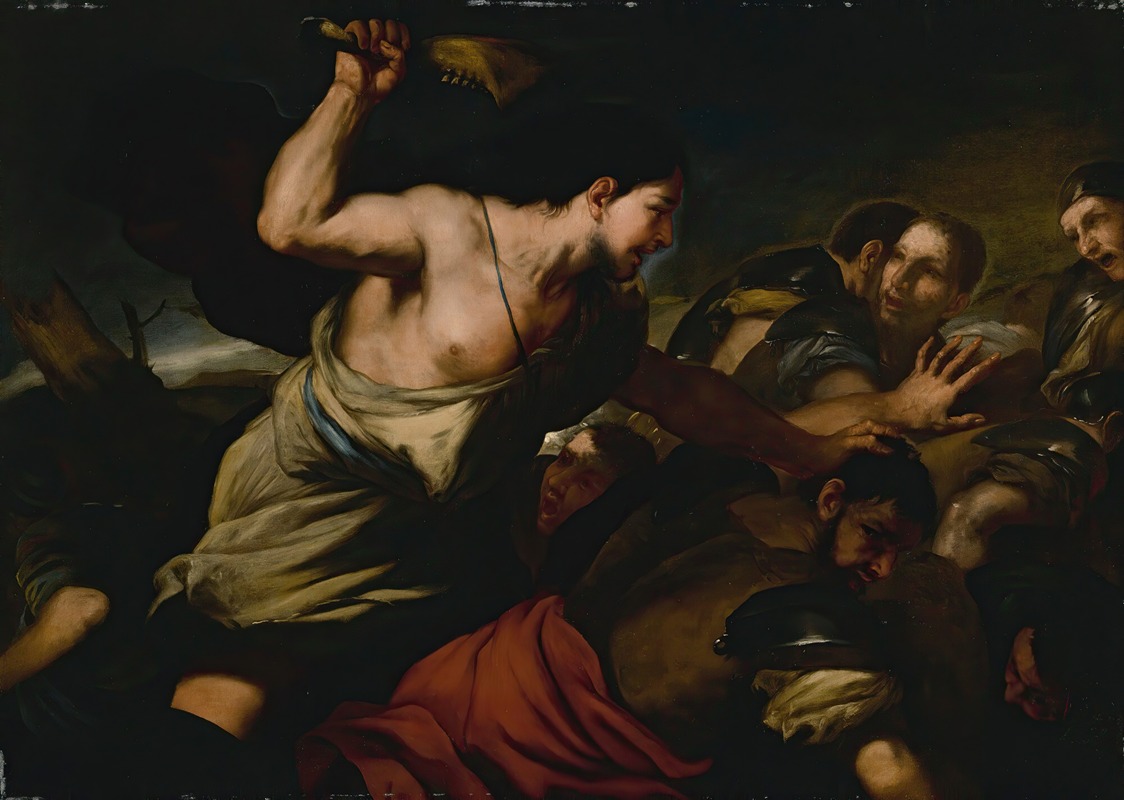
Samson Slaying The Philistines
A hand-painted replica of Luca Giordano’s masterpiece Samson Slaying The Philistines, meticulously crafted by professional artists to capture the true essence of the original. Each piece is created with museum-quality canvas and rare mineral pigments, carefully painted by experienced artists with delicate brushstrokes and rich, layered colors to perfectly recreate the texture of the original artwork. Unlike machine-printed reproductions, this hand-painted version brings the painting to life, infused with the artist’s emotions and skill in every stroke. Whether for personal collection or home decoration, it instantly elevates the artistic atmosphere of any space.
"Samson Slaying the Philistines" is a notable painting by the Italian Baroque artist Luca Giordano, renowned for his dynamic compositions and vibrant use of color. Giordano, born in Naples in 1634, was a prolific painter whose works spanned religious, mythological, and historical subjects. He was heavily influenced by the dramatic style of the Baroque period, characterized by movement, vivid contrast, and emotional intensity.
This particular painting, "Samson Slaying the Philistines," depicts a scene from the biblical narrative of Samson, a judge of Israel known for his immense strength, which he famously derived from his uncut hair. The story is found in the Old Testament, specifically in the Book of Judges. In this dramatic episode, Samson is attacked by a group of Philistines, and he defends himself using the jawbone of a donkey as a weapon, a testament to his extraordinary strength and divine favor.
Giordano's interpretation of this scene is marked by its dynamic composition and dramatic intensity. The painting captures the moment of action with Samson at the center, his muscular form vividly portrayed as he wields the jawbone against his foes. The Philistines are depicted in various states of defeat and disarray, emphasizing the chaos and violence of the encounter. Giordano's use of light and shadow enhances the drama, highlighting Samson's figure and creating a sense of depth and movement.
The painting is a prime example of Giordano's ability to convey narrative through visual means, using the Baroque style's characteristic energy and emotion. His brushwork is fluid and expressive, capturing the physicality of the scene and the emotional intensity of the moment. The composition is carefully balanced, with the figures arranged to lead the viewer's eye through the action, creating a sense of immediacy and engagement.
Luca Giordano was known for his rapid painting technique, earning him the nickname "Luca Fa Presto" (Luca, Work Quickly). Despite his speed, his works are noted for their detail and complexity, as seen in "Samson Slaying the Philistines." This painting reflects his mastery of the Baroque style and his ability to bring biblical stories to life with vigor and clarity.
Throughout his career, Giordano worked in various Italian cities and spent a significant period in Spain, where he was appointed court painter to King Charles II. His influence extended beyond his lifetime, impacting the development of Baroque art in both Italy and Spain.
"Samson Slaying the Philistines" remains an important work within Giordano's oeuvre, showcasing his skill in depicting dramatic narratives and his contribution to the Baroque movement. The painting is housed in the Gemäldegalerie Alte Meister in Dresden, Germany, where it continues to be appreciated for its artistic and historical significance.





